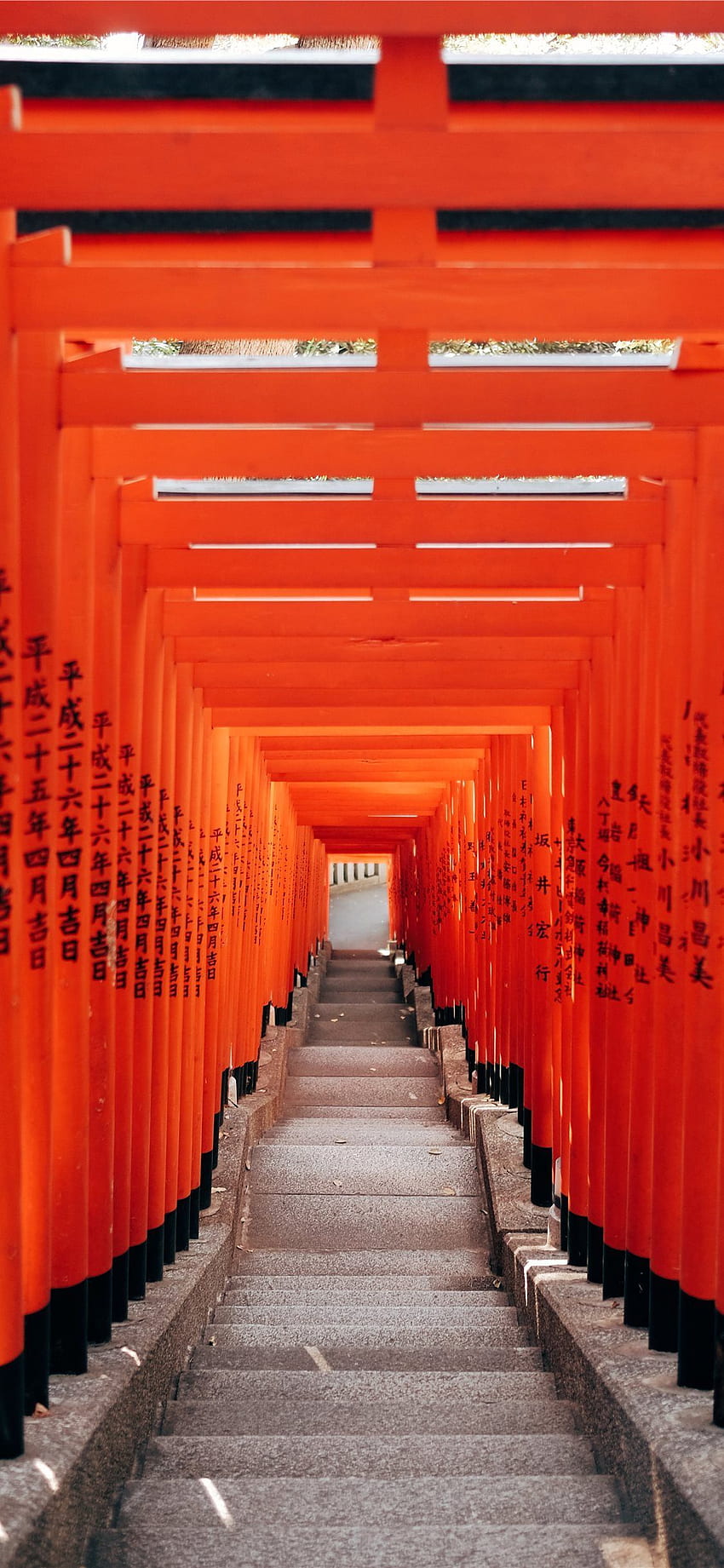
Exploring Japan’s Sacred Grounds: The Ultimate Shrine Rankings You Need to Know!

Japan is a land steeped in tradition and spirituality, where ancient customs blend seamlessly with modern life. Among the most captivating aspects of Japanese culture are its numerous shrines, each a testament to the country’s rich history and reverence for nature and the divine. From the bustling city of Tokyo to the tranquil mountains of Kyoto, these sacred grounds serve not only as places of worship but also as havens for contemplation, beauty, and connection to the spiritual realm.
In this article, we will delve into the fascinating world of shrine rankings in Japan, exploring the most revered and visited sites across the nation. Whether you seek to understand the cultural significance behind each shrine or simply want to plan your next journey, our ultimate rankings will guide you to the must-visit locations that embody Japan’s spiritual heritage. Join us as we uncover the unique stories and enchanting atmospheres that make these shrines truly sacred.
Top Shinto Shrines in Japan
Japan is home to countless Shinto shrines, each with its unique charm, history, and spiritual significance. Among these, Ise Jingu stands out as the most revered. Located in Mie Prefecture, this shrine is dedicated to the sun goddess Amaterasu and is considered the spiritual heart of Japan. Ise Jingu is particularly famous for its stunning architecture and tranquil natural surroundings, drawing numerous visitors who seek to pay their respects and experience the serene atmosphere.
Another significant shrine is Fushimi Inari Taisha in Kyoto, known for its thousands of vermillion torii gates that create stunning pathways up Mount Inari. This shrine is dedicated to Inari, the kami of rice, and has become an iconic symbol of Japanese culture. The countless gates that wind through the forest not only provide breathtaking views but also offer visitors a chance to reflect on their spiritual journey amidst the beauty of nature.
Meiji Jingu, located in the heart of Tokyo, is also a must-visit. Dedicated to Emperor Meiji and Empress Shoken, this shrine is surrounded by a lush forest that provides a serene escape from the bustling city. Visitors often participate in traditional rituals and enjoy the peaceful ambiance, making it a popular destination for both tourists and locals looking to connect with their heritage and find solace in the sacred space.
Hidden Gems: Lesser-Known Shrines
While the famous shrines of Japan draw millions of visitors each year, the lesser-known shrines offer a unique glimpse into the country’s spiritual heritage. One such shrine is the Yamata Shrine in Aomori Prefecture. Nestled in a serene forest, this shrine is dedicated to the ancient gods of the region and is often overlooked by tourists. The tranquil ambiance, combined with stunning natural beauty, makes it a perfect spot for reflection and meditation away from the bustling crowds.
Another hidden gem is the Kasuga Shrine in Nara. Surprisingly less frequented than its more famous cousin, Todai-ji, Kasuga Shrine boasts beautiful vermillion lanterns that decorate its path. Visiting this shrine provides an intimate experience with historical architecture and a serene garden, allowing you to connect with the spiritual essence of Nara’s rich past. Its peaceful surroundings offer a retreat for those seeking to escape the noise of the more tourist-heavy sites.
Lastly, the Hōnen-in Shrine in Kyoto is a tranquil oasis that often goes unnoticed. Tucked away in the foothills of the Higashiyama mountains, this shrine is surrounded by lush greenery and moss-covered stone paths. With fewer visitors, Hōnen-in invites you to wander through its peaceful grounds and take in the beauty of the simple yet profound Buddhist architecture. It serves as a reminder of the spiritual quietude that can be found in Japan’s sacred spaces beyond the popular attractions.
Cultural Significance of Shrines
Shrines in Japan hold profound cultural and spiritual significance, serving as vital symbols of the country’s rich heritage. These sacred spaces are dedicated to kami, or deities, reflecting the Shinto belief system that emphasizes the connection between nature and spirituality. Each shrine embodies unique architectural styles and rituals, which are deeply rooted in the customs of the local community. They function not only as religious centers but as places where tradition is preserved, nurturing a sense of identity and belonging among the people.
Top Shrine Rankings in Japan
Visiting a shrine is often intertwined with significant life events, from birth and coming-of-age ceremonies to weddings and memorials. The rituals performed at these shrines, such as the Hatsumode on New Year’s, attract millions, showcasing the vibrant interplay between faith and culture. These gatherings foster community spirit, bringing people together in celebration and reflection. As such, shrines play an essential role in the social fabric of Japanese life, allowing individuals to connect with both the divine and their cultural ancestry.
Moreover, shrines are often nestled within stunning natural landscapes, enhancing their spiritual ambiance. This relationship with the environment highlights the Japanese understanding of the sacredness of nature. The act of entering a shrine is not merely a physical transition; it is a journey into a space of tranquility and reverence, encouraging visitors to pause and reflect. As custodians of Japan’s spiritual heritage, shrines continue to inspire reverence and appreciation for the country’s extraordinary cultural landscape.
Visitor Tips for Shrine Experiences
When visiting shrines in Japan, it is important to be respectful of cultural traditions and practices. Before entering the shrine grounds, take a moment to cleanse yourself at the purification station. This involves rinsing your hands and mouth with water, which symbolizes purification and prepares you for your spiritual experience. Remember to follow the local customs, such as bowing before entering and after leaving the shrine.
Dress appropriately when visiting shrines. While casual wear is generally acceptable, it is advisable to avoid overly revealing or disrespectful clothing. Soft, muted colors are preferred, as they show respect for the sacred environment. Moreover, consider visiting during weekdays or off-peak hours to avoid crowds and enhance your experience. This allows you to appreciate the serene atmosphere and take in the beauty of the shrine without feeling rushed.
Lastly, take the time to learn about the history and significance of each shrine you visit. Many shrines offer pamphlets or guided tours that provide insights into their unique rituals and the deities they honor. Engaging with the local staff or volunteers can also enrich your understanding and appreciation. Be sure to leave some time for quiet reflection, as shrines are places for contemplation and spiritual connection.



